:oooo.


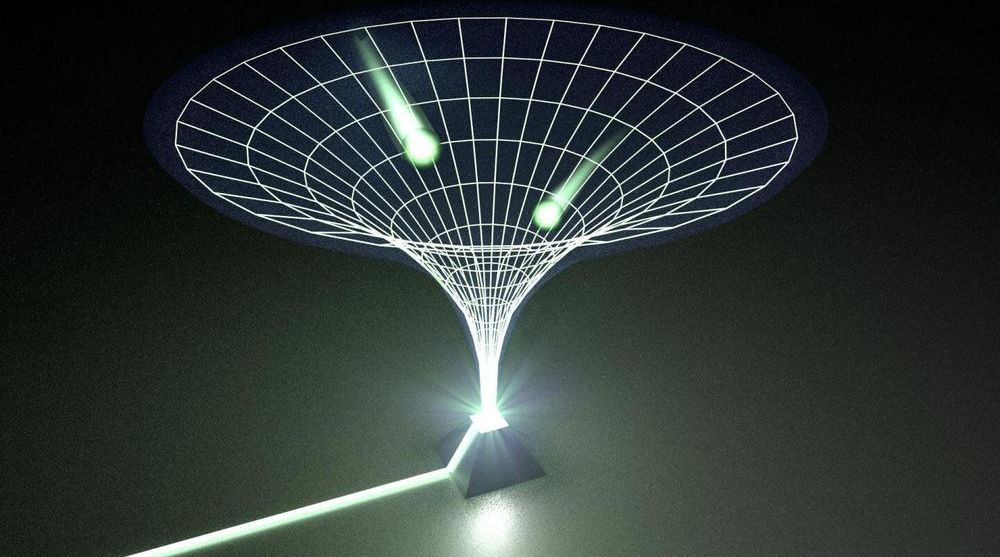
Professor Ronny Thomale holds a chair for theoretical condensed matter physics, the TP1, at the Julius-Maximilian University of Würzburg. The discovery and theoretical description of new quantum states of matter is a prime objective of his research. “Developing a theory for a new physical phenomenon which then inspires new experiments seeking after this effect is one of the biggest moments in a theoretical physicist’s practice,” he says. In an ideal case, such an effect would even unlock unexpected technological potential.
All this has come together with a recent project which Thomale pursued together with the optical experimental group of Professor Alexander Szameit at the University of Rostock, the results of which have now been published in Science.
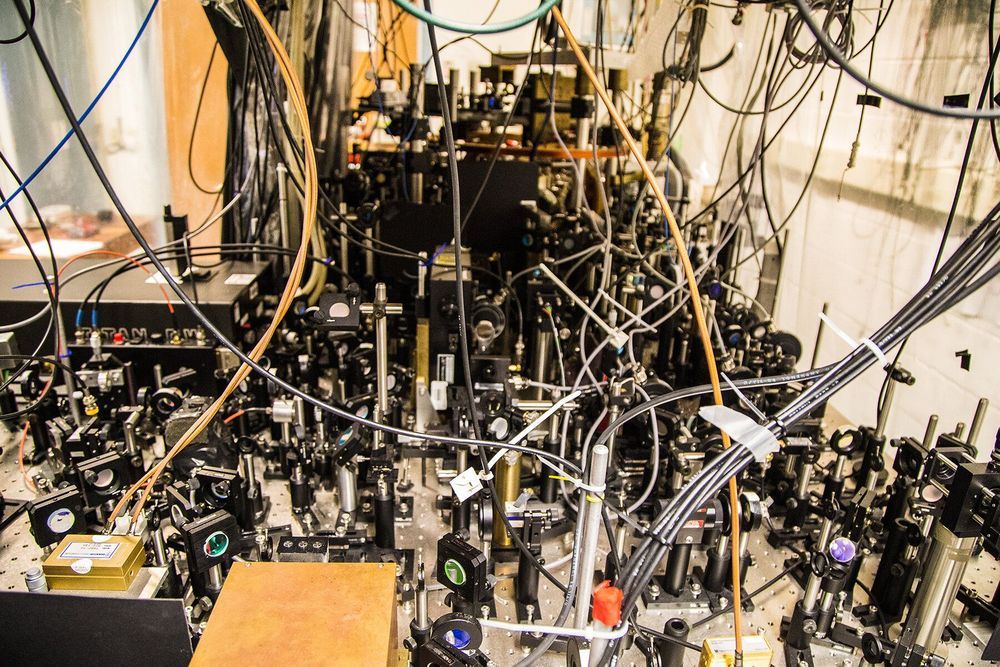
Bosons and fermions, the two classes into which all particles—from the sub-atomic to atoms themselves—can be sorted, behave very differently under most circumstances. While identical bosons like to congregate, identical fermions tend to be antisocial. However, in one dimension—imagine particles that can only move on a line—bosons can become as stand-offish as fermions, so that no two occupy the same position. Now, new research shows that the same thing—bosons acting like fermions—can happen with their velocities. The finding adds to our fundamental understanding of quantum systems and could inform the eventual development of quantum devices.
“All particles in nature come in one of two types, depending on their ‘spin,’ a quantum property with no real analogue in classical physics,” said David Weiss, Distinguished Professor of Physics at Penn State and one of the leaders of the research team. “Bosons, whose spins are whole integers, can share the same quantum state, while fermions, whose spins are half integers, cannot. When the particles are cold or dense enough, bosons behave completely differently from fermions. Bosons form ‘Bose-Einstein condensates,’ congregating in the same quantum state. Fermions, on the other hand, fill available states one by one to form what is called a ‘Fermi sea.’”
Researchers at Penn State have now experimentally demonstrated that, when bosons expand in one dimension—the line of atoms is allowed spread out to become longer—they can form a Fermi sea. A paper describing the research appears March 27, 2020 in the journal Science.
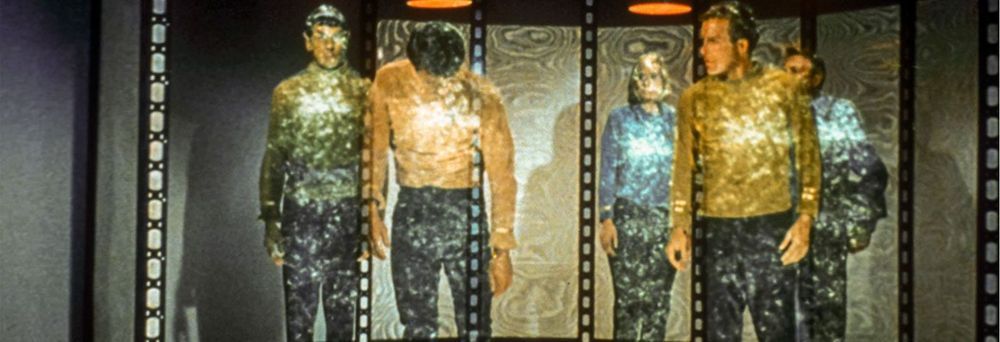
In 2005, the obituary of physicist Asher Peres in the magazine Physics Today told us that when a journalist asked him if quantum teleportation could transport a person’s soul as well as their body, the scientist replied: “No, not the body, just the soul.” More than just a simple joke, Peres’ response offers a perfect explanation, encoded in a metaphor, of the reality of a process that we have seen countless times in science fiction. In fact, teleportation does exist, although in the real world it is quite different from the famous “Beam me up, Scotty!” associated with the Star Trek series.
Teleportation in real science began to take shape in 1993 thanks to a theoretical study published by Peres and five other researchers in Physical Review Letters, which laid the foundation for quantum teleportation. Apparently, it was co-author Charles Bennett’s idea to associate the proposed phenomenon with the popular idea of teleportation, but there is an essential difference between fiction and reality: in the latter it’s not matter that travels, but rather information, which transfers properties from the original matter to that of the destination matter.
Quantum teleportation is based on a hypothesis described in 1935 by physicist Albert Einstein and his colleagues Boris Podolsky and Nathan Rosen, known as the EPR paradox. As a consequence of the laws of quantum physics, it was possible to obtain two particles and separate them in space so that they would continue to share their properties, as two halves of a whole. Thus, an action on one of them (on A, or Alice, according to the nomenclature used) would instantaneously have an effect on the other (on B, or Bob). This “spooky action at a distance”, in Einstein’s words, would seem capable of violating the limit of the speed of light.
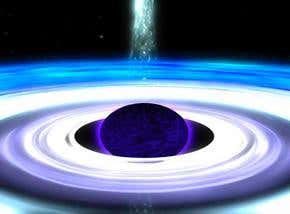
Circa 2006
By Maggie Mckee
Nearly all of the information that falls into a black hole escapes back out, a controversial new study argues. The work suggests that black holes could one day be used as incredibly accurate quantum computers – if enormous theoretical and practical hurdles can first be overcome.
Black holes are thought to destroy anything that crosses a point of no return around them called an “event horizon”. But in the 1970s, Stephen Hawking used quantum mechanics to show black holes do emit radiation, which eventually evaporates them away completely.
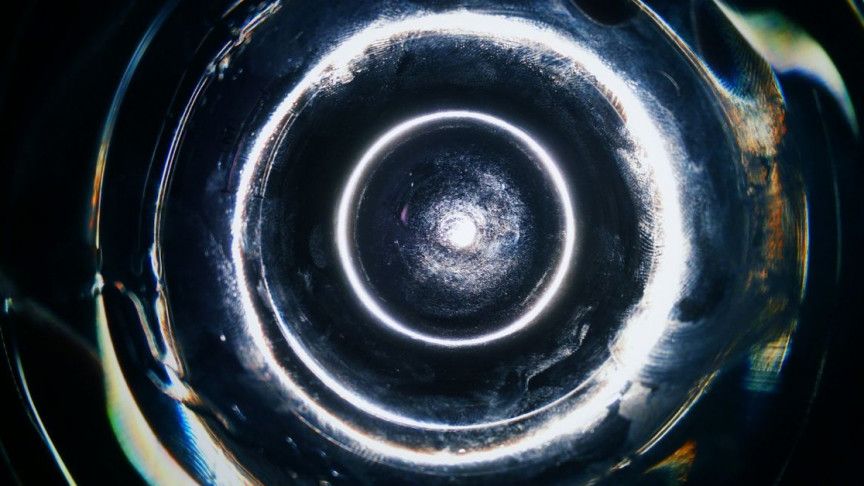
Based on a lot of study it may be possible that if naturally derived dmt having quantum entanglement properties that someday it could be used to naturally teleport people. Especially if can essentially have suppositions properties that it may in fact allow an interdimensional portal quantum mechanically speaking it also said that cannabis did not start on earth either and is an alien plant. It may that someday we could take a pill to teleport through the fabric of space time with a biochemical means but it would involve a sort higgs mode or higgs boson level quantum teleportation for that amount of energy. But it may eventually lead to real teleportation in human beings naturally someday since it already holds those properties.
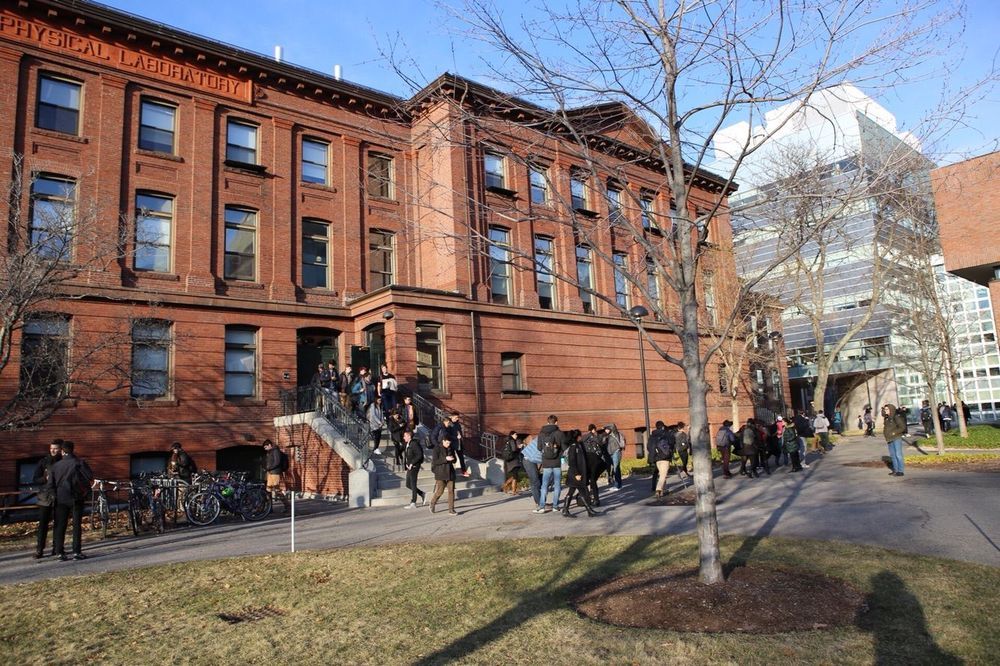
Researchers from Harvard and MIT have pioneered a device that could improve quantum communication and may be the key to developing a quantum internet, according to an article published Monday in the scientific journal Nature.
Quantum signals lose information when traveling over long distances. To solve this problem, the researchers’ new technology catches and stores quantum bits — known as qubits — thus preventing information loss. The physicists hope this breakthrough will open the door to a quantum internet that can communicate unhackable messages.
“This is the first system-level demonstration, combining major advances in nanofabrication, photonics and quantum control, that shows a clear quantum advantage to communicating information using quantum repeater nodes,” Mikhail D. Lukin — a Harvard physics professor who lead the research team — said in a press release published Monday. “We look forward to starting to explore new, unique applications using these techniques.”

What is interaction, and when does it occur? Intuition suggests that the necessary condition for the interaction of independently created particles is their direct touch or contact through physical force carriers. In quantum mechanics, the result of the interaction is entanglement—the appearance of non-classical correlations in the system. It seems that quantum theory allows entanglement of independent particles without any contact. The fundamental identity of particles of the same kind is responsible for this phenomenon.
Quantum mechanics is currently the best and most accurate theory used by physicists to describe the world around us. Its characteristic feature, however, is the abstract mathematical language of quantum mechanics, notoriously leading to serious interpretational problems. The view of reality proposed by this theory is still a subject of scientific dispute that, over time, is only becoming hotter and more interesting. New research motivation and intriguing questions are brought forth by a fresh perspective resulting from the standpoint of quantum information and the enormous progress of experimental techniques. These allow verification of the conclusions drawn from subtle thought experiments directly related to the problem of interpretation. Moreover, researchers are now making enormous progress in the field of quantum communication and quantum computer technology, which significantly draws on non-classical resources offered by quantum mechanics.
Pawel Blasiak from the Institute of Nuclear Physics of the Polish Academy of Sciences in Krakow and Marcin Markiewicz from the University of Gdansk focus on analyzing widely accepted paradigms and theoretical concepts regarding the basics and interpretation of quantum mechanics. The researchers are trying to determine to what extent the intuitions used to describe quantum mechanical processes are justified in a realistic view of the world. For this purpose, they try to clarify specific theoretical ideas, often functioning in the form of vague intuitions, using the language of mathematics. This approach often results in the appearance of inspiring paradoxes. Of course, the more basic the concept to which a given paradox relates, the better, because it opens up new doors to deeper understanding a given problem.
A gravity laser :DDD.
We consider the possibility of creating a graviton laser. The lasing medium would be a system of contained, ultra cold neutrons. Ultra cold neutrons are a quantum mechanical system that interacts with gravitational fields and with the phonons of the container walls. It is possible to create a population inversion by pumping the system using the phonons. We compute the rate of spontaneous emission of gravitons and the rate of the subsequent stimulated emission of gravitons. The gain obtainable is directly proportional to the density of the lasing medium and the fraction of the population inversion. The applications of a graviton laser would be interesting.